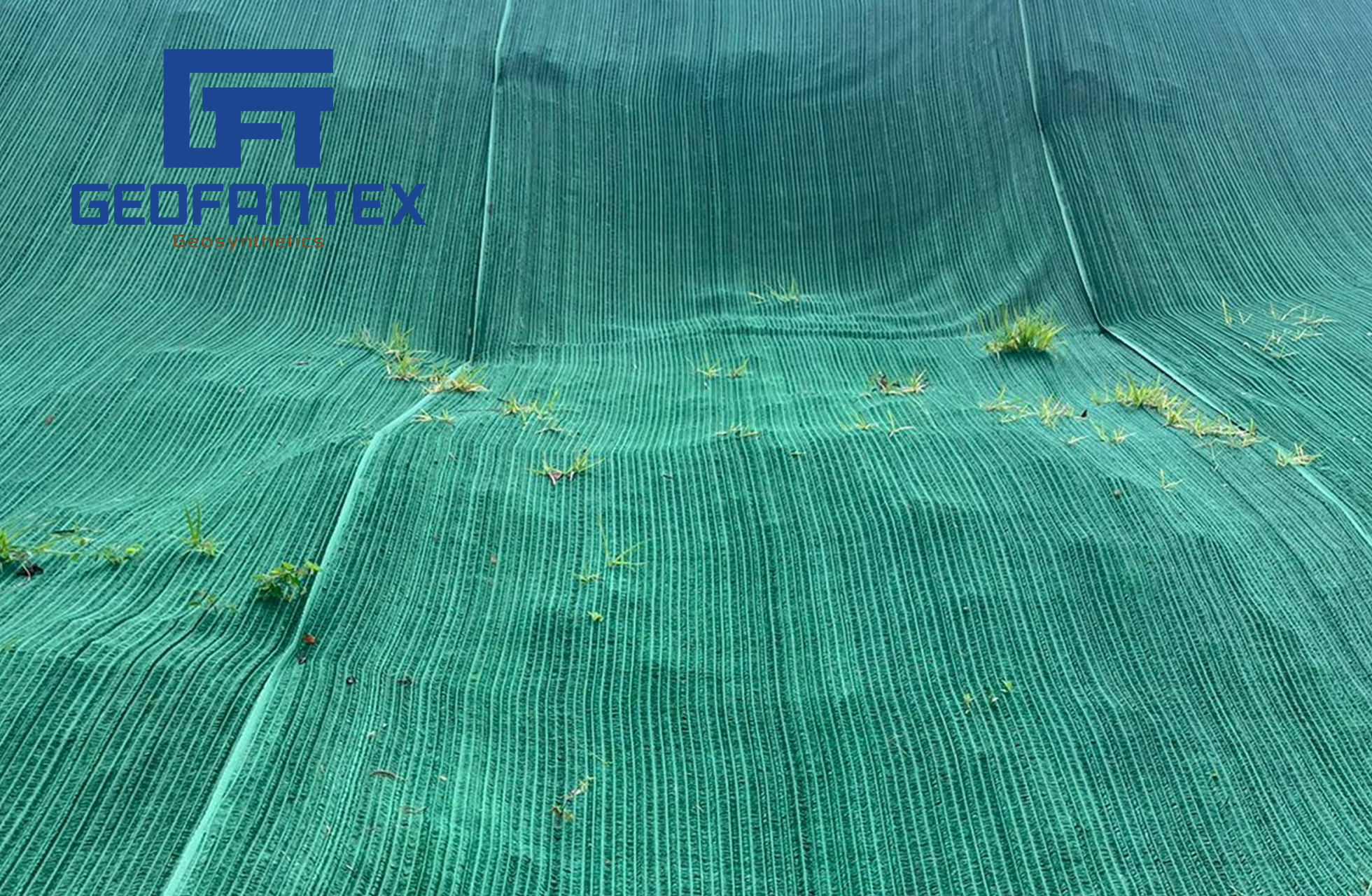+86-159 9860 6917
info@geofantex.com
geofantex@gmail.com
+86-400-8266163-44899
In the modern era of infrastructure development, the integration of innovative materials and technologies has become pivotal in enhancing the longevity and efficiency of transportation systems. Among these advancements, geocell technology has emerged as a groundbreaking solution, particularly in the realm of railway construction. This article delves into the essence of geocell technology, exploring its purpose, the concept of geocell reinforcement, and its application not just in railways but also in road construction. A significant benefit of geocell technology in railway applications is its ability to stabilize the ballast, reduce vertical and lateral stresses, and limit ballast movement, which is crucial for maintaining the structural integrity of railway tracks. We’ll uncover how this technology is reshaping the landscape of civil engineering and transportation infrastructure through a series of questions and answers.
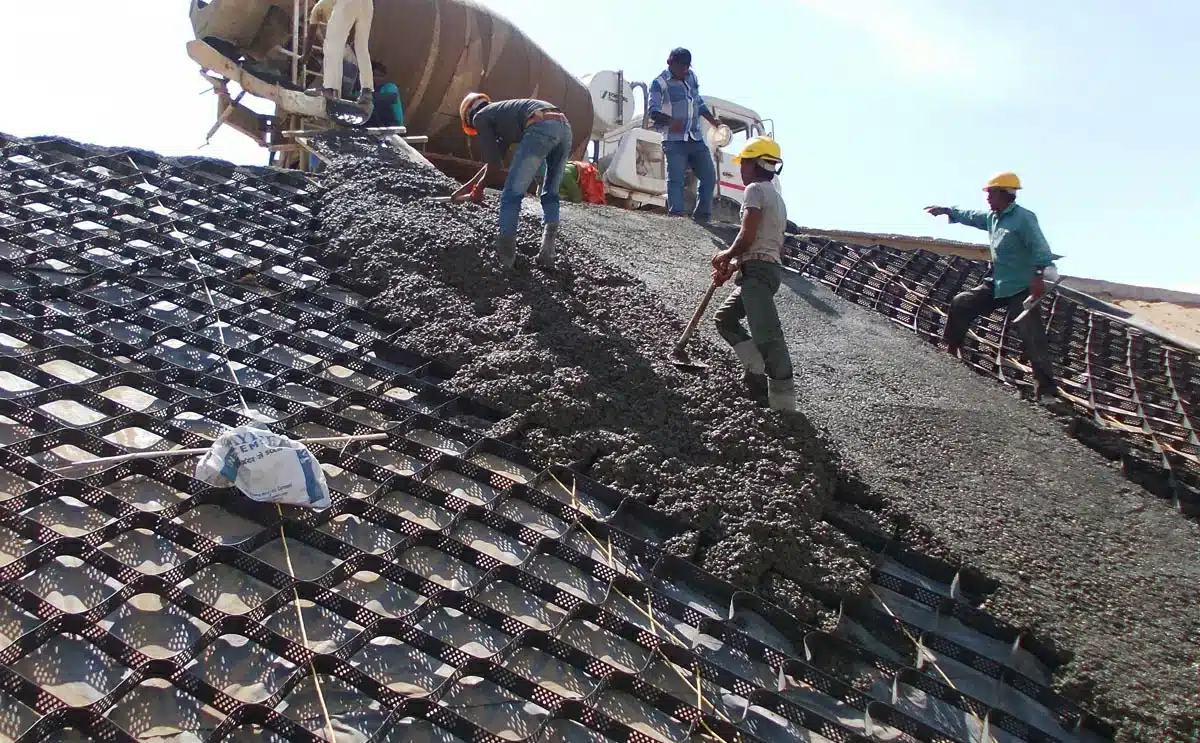
What is the purpose of a geocell?
Purpose and Functions of a Geocell:
- Soil Stabilization: Geocells provide lateral confinement to the soil, which enhances its load-bearing capacity and prevents erosion. They are used to stabilize weak or loose soils, making them suitable for supporting structures and traffic loads.
- Erosion Control: Geocells are used on slopes and embankments to prevent soil erosion caused by water runoff and wind. They help maintain the integrity of the slope by keeping the soil in place and promoting vegetation growth.
- Load Distribution: Geocells distribute loads more evenly over a larger area, reducing the stress on the underlying soil. This makes them ideal for use in road construction, parking lots, and foundation support.
- Retention Structures: They are used to create retaining walls and support structures that can withstand lateral pressure from soil or water. Geocells enhance the stability and durability of these structures.
- Environmental Benefits: Geocells are often made from recycled materials, making them an eco-friendly option for construction projects. They reduce the need for extensive earthworks and minimize environmental disruption.
Advantages of Using Geocells:
- Cost-Effective: Geocells reduce the need for expensive materials and extensive groundwork, lowering overall project costs. They provide a durable solution that requires less maintenance over time.
- Versatile Applications: Geocells can be used in a variety of projects, including road construction, slope stabilization, erosion control, and foundation reinforcement. Their adaptability makes them suitable for different environmental and soil conditions.
- Improved Performance: Geocells enhance the mechanical properties of the soil, increasing its strength and stability. They provide long-term performance benefits, ensuring the longevity and safety of structures.
- Ease of Installation: Geocells are lightweight and easy to transport and install. They can be deployed quickly, reducing construction time and labor costs.
What is geocell reinforcement?
Geocell Reinforcement:
- Definition: Geocell reinforcement is a three-dimensional, honeycomb-like cellular confinement system used in civil engineering to provide soil stabilization and enhance the strength of various structures.
- Purpose: The primary purpose of geocell reinforcement is to improve the load-bearing capacity of soil, prevent erosion, and provide support for heavy loads in construction projects. It is widely used in applications such as road construction, slope protection, and retaining walls.
How It Works:
- Material: Geocells are typically made from high-density polyethylene (HDPE), which is durable and flexible.
- Structure: The cells are interconnected to form a grid that is filled with soil, gravel, or other granular materials.
- Mechanism: When the cells are filled and compacted, the material within the cells is confined, creating a semi-rigid slab. This confinement reduces lateral movement, distributes loads more evenly, and increases the overall structural integrity of the filled area.
Benefits:
- Soil Stabilization: Geocells stabilize weak or loose soil by distributing loads and reducing soil movement.
- Erosion Control: They prevent soil erosion by holding the soil in place, especially on slopes and embankments.
- Load Distribution: Geocells enhance load distribution, making them ideal for supporting heavy loads on roadways and pavements.
- Durability: Made from HDPE, geocells are resistant to environmental degradation, ensuring long-term performance.
- Versatility: Geocells can be used in various applications, including road construction, retaining walls, slope stabilization, and shoreline protection.
Applications:
- Road Construction: Provides a stable base for roads and highways, reducing the need for extensive excavation and sub-base materials.
- Slope Protection: Prevents erosion on slopes and embankments by confining soil and reducing surface runoff.
- Retaining Walls: Enhances the stability of retaining walls by reinforcing the soil behind them.
- Shoreline Protection: Protects shorelines from erosion by stabilizing the soil and reducing the impact of waves.
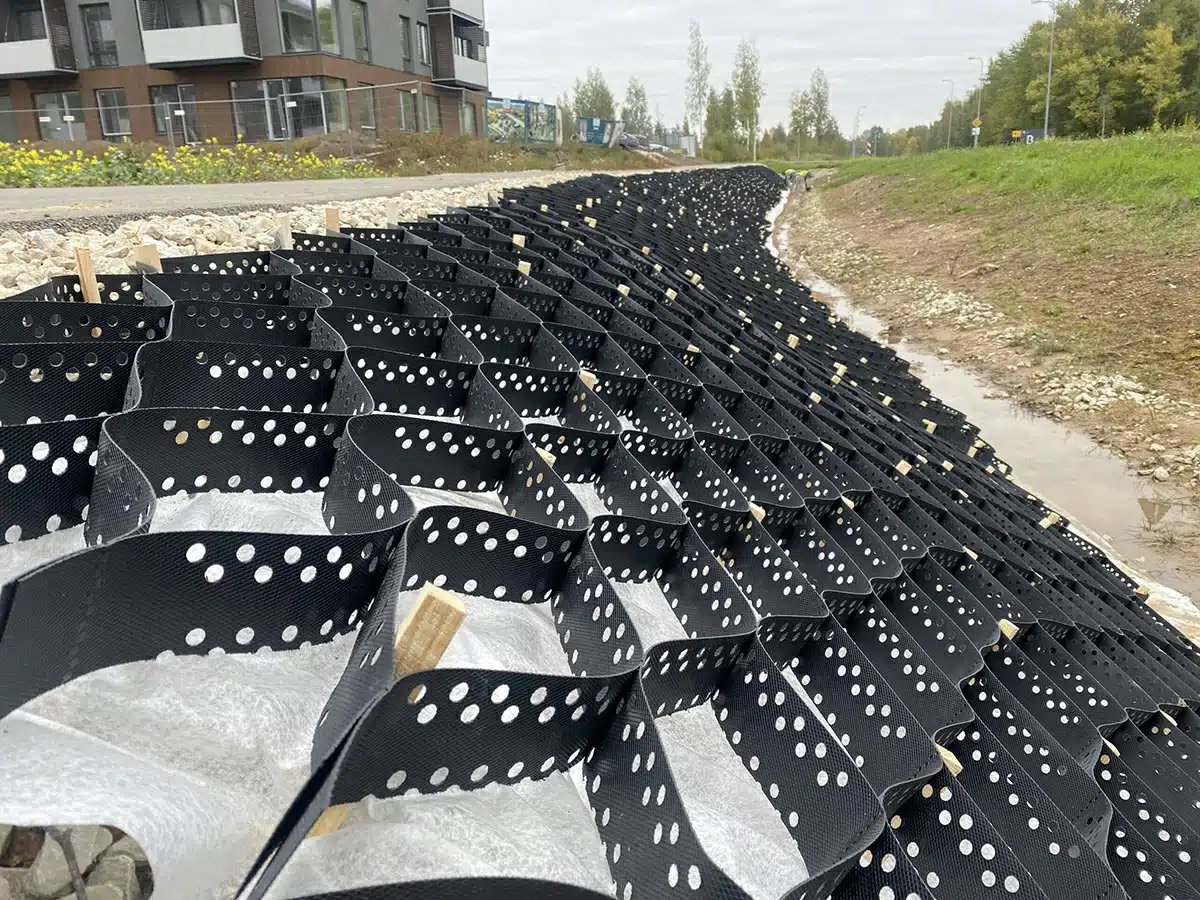
What is Geocell technology?
Geocell technology involves three-dimensional, honeycomb-like structures used for soil stabilization, erosion control, and load reinforcement. Made from materials like HDPE, geocells confine and strengthen soil, reduce lateral movement, and promote vegetation growth. They are cost-effective, easy to install, and suitable for road construction, slope protection, and coastal erosion control. Geocells offer a sustainable alternative to traditional methods, with applications in various civil engineering and environmental projects.
What is the application of Geocell in road construction?
Geocell technology has various applications in road construction, primarily aimed at improving the performance, durability, and sustainability of roads. Here is a structured explanation of its utilization:
- Load Distribution: Geocell structures are used to distribute loads over a larger area, reducing the pressure on the subgrade. This results in a more stable and durable road surface.
- Erosion Control: Geocells are effective in controlling erosion on slopes and embankments adjacent to roadways. By confining the soil, they prevent it from being washed away by rain or water flow.
- Soil Stabilization: In areas with weak or unstable soils, Geocells are used to stabilize the soil, providing a firm base for the road. This is particularly useful in regions with high moisture content or loose soils.
- Reinforcement of Base Layers: Geocells reinforce the base layers of roads, enhancing their strength and longevity. They provide a flexible yet strong matrix that can withstand heavy traffic loads and adverse weather conditions.
- Reduction of Material Usage: The use of Geocells can reduce the quantity of materials needed for road construction. This is because Geocells enhance the effectiveness of the existing materials, requiring less additional aggregate.
- Environmental Benefits: Geocells contribute to the sustainability of road construction by reducing the carbon footprint. They enable the use of locally available materials and reduce the need for extensive excavation and transportation of materials.
- Improvement of Drainage: Geocells help improve drainage by allowing water to pass through the soil structure while maintaining stability. This prevents waterlogging and associated damage to the road.
- Cost-Effectiveness: Overall, the use of Geocell technology can lead to cost savings in road construction and maintenance due to its efficiency in improving road durability and reducing material and labor costs.
Geocell technology represents a significant leap forward in the field of civil engineering and infrastructure development. By providing a sustainable and efficient solution for soil stabilization and erosion control, geocells have become an indispensable tool in the construction of railways and roads. Their ability to improve load distribution, enhance shear strength, and prevent soil displacement makes them a valuable asset in ensuring the longevity and reliability of transportation systems. As we continue to embrace innovative technologies in infrastructure development, geocell technology stands out as a shining example of engineering ingenuity meeting environmental stewardship.
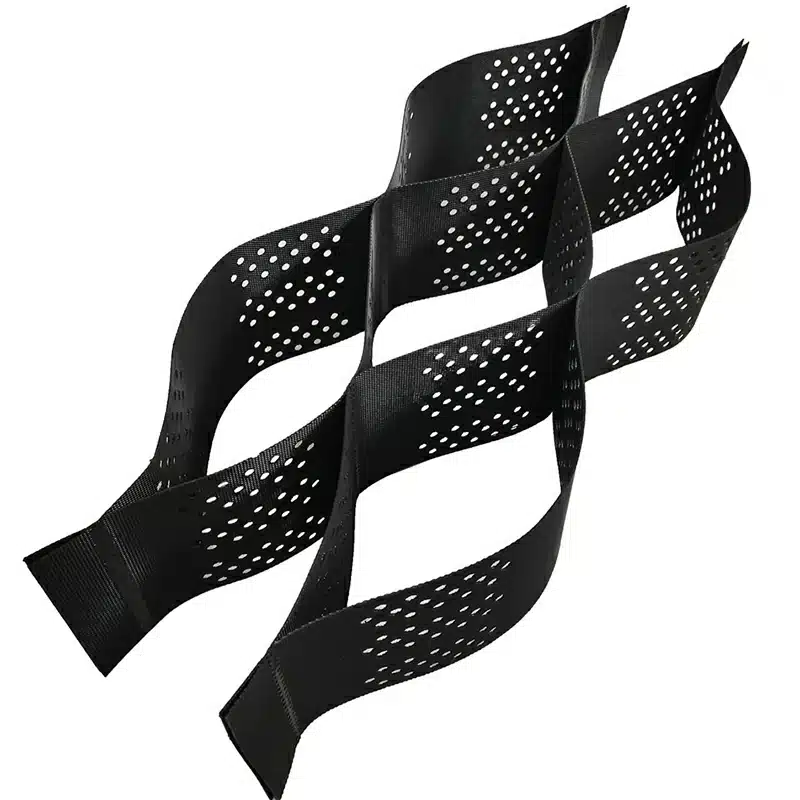
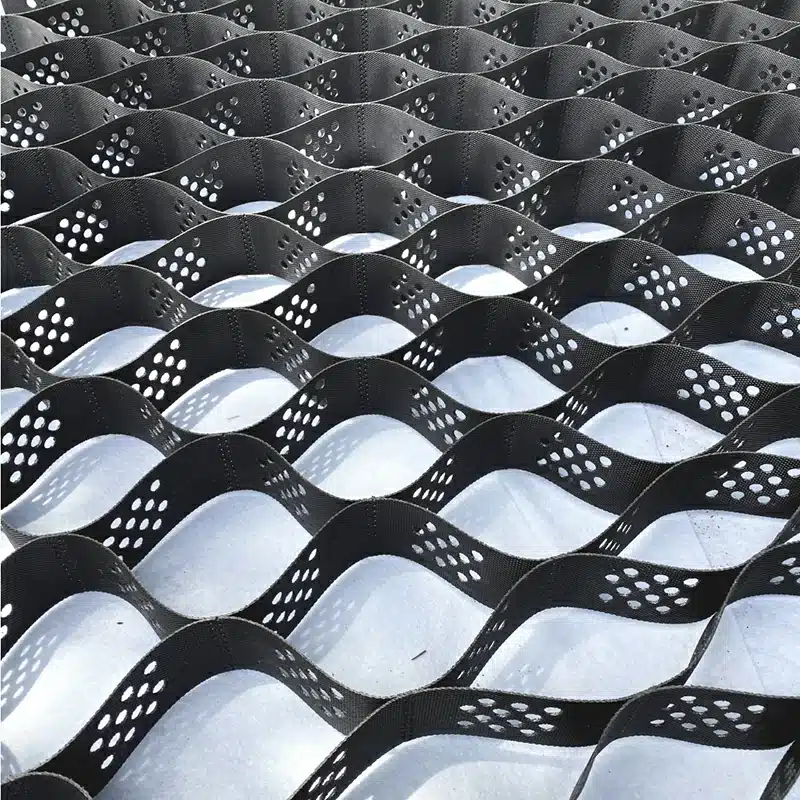

Get Free Sample
We’ll respond as soon as possible(within 12 hours)


















